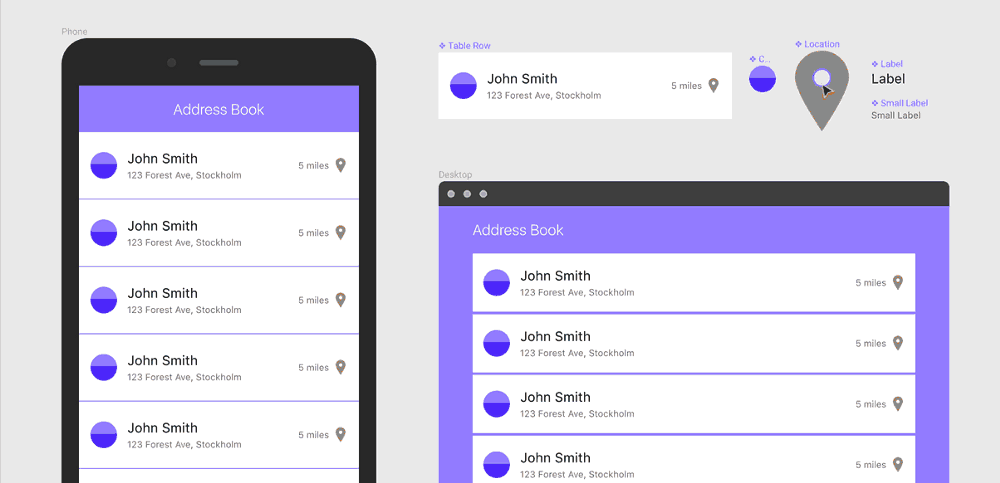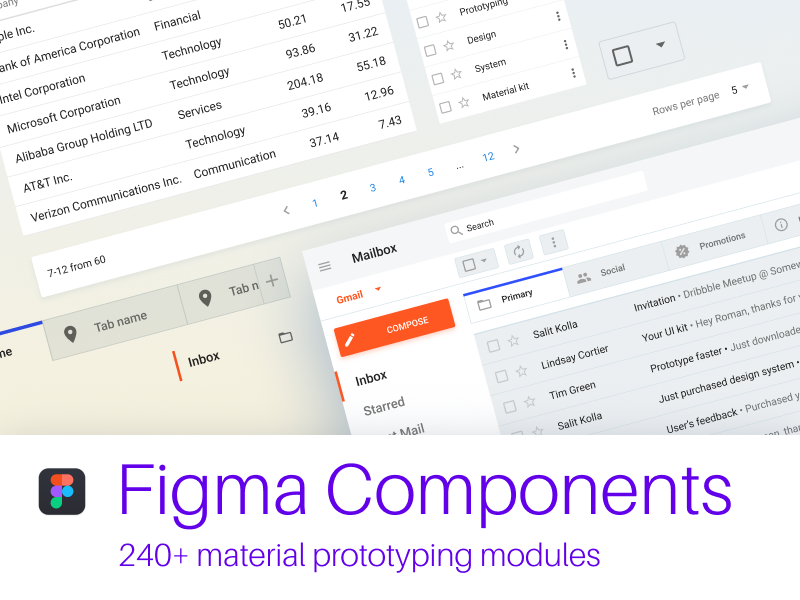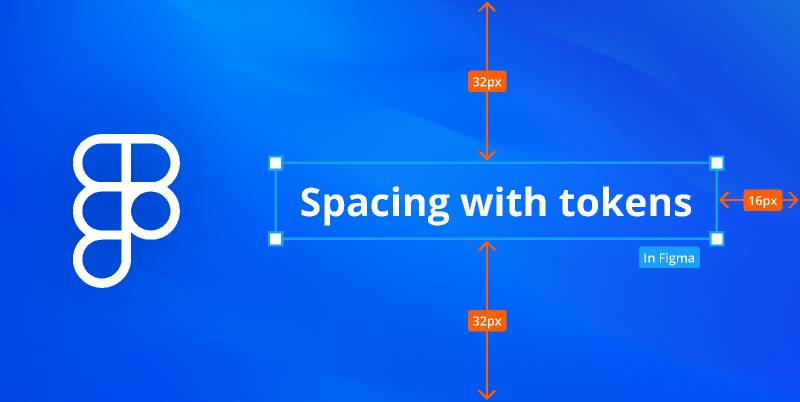


Style inheritance is clear, as everything runs top to bottom.HTML), before the developer even starts thinking about all the different variants. The Masters (whether for the Component or a particular Element) can often be translated directly into markup (e.g.For the rest, we move on to Elements.įor the Slider, I know that we’ll need our Icon Component (which if you’re curious, uses a Figma hack to maintain the icon’s overridden fill color).Īs mentioned initially, this presents the component in a way that is familiar to our developers (BEM-ish). If any of these parts can be covered by an existing component, then we add an instance of the component(s) here. Our first step in building a component is to break it down into its constituent parts. For developers, it lets them know which dependencies to import when building the component. For designers it acts as a kind of audit they can get a quick impression of whether they’re making good use of existing components. While not strictly part of the BEM methodology, this section can be really helpful for both designers and developers. We also edit the heading on the Component Frame itself to match. In Figma the name of our Component Frame should match the component followed by the version number. While it doesn’t strictly follow all the terminology of BEM, it does follow its principles.Įasily overlooked, we try hard to align at least the name of the component between developers and designers, so that we have a shared language. As our own development team uses it, it formed an excellent basis for structuring components in Figma.Įnter our Component Frame - this handy helper is the starting point for any new component we design. Despite the massive impact of frameworks on component development, this naming pattern and way of thinking is still strong. It emerged as a necessity to manage unruly stylesheets and incomprehensible markup. button_ text) and Modifiers produce the possible variations (e.g. BEM Like a Designer.įor those of you unfamiliar with BEM ( Block, Element, Modifier), it’s essentially a naming format/methodology for front-end components. I’ll explain how we structure and name components, our basic versioning workflow, some Figma efficiency-boosting tips, and briefly share how we document our work using Frontify (our own product) to build our Arcade design system. It’s far from perfect, but perhaps you find an idea or two for your own imperfect system. Whether you’re just starting out with your first button, or stuck in the mud of a growing component library, bear with me as I explain in painful detail how we do things at Frontify. We want to save time and create high-quality, brand-consistent, reliable products.

Our masochistic tendencies aside, there are obvious reasons to do so.
#Figma components download
Easy to find the files name, folder, layers, groups.Īll images in the screen shots are for demo purposes only, they are not included in the download package.“This design system is flawless!” - No one, ever.Ĭomponents are filthy, wild creatures that we as product designers have collectively set out to tame.Strange and unique interface, streamlined and impress.This Figma Template is perfect for convert into Wordpress, Joomla and other systems… to make website.Every page is fully layered and organized with proper names.This will be a smart choice for your next projects.
#Figma components free
In the layouts, you will be free to mix the elements and components to create your design with Figma tour/travel Innovative ways like Symbols, Nested Symbols, Well organized layers, and groups. Every element and component are hand-crafted carefully in Figma App in
#Figma components professional
Professional website design to save time. You can use the template to get started in a “Arid” Figma templateĬomes with creative modern, elegant, and clean concepts. This is a compatible template that is designed with some new and modern features. Aprt is an updated figma template for Digital Agency and Multipurpose business.


 0 kommentar(er)
0 kommentar(er)
